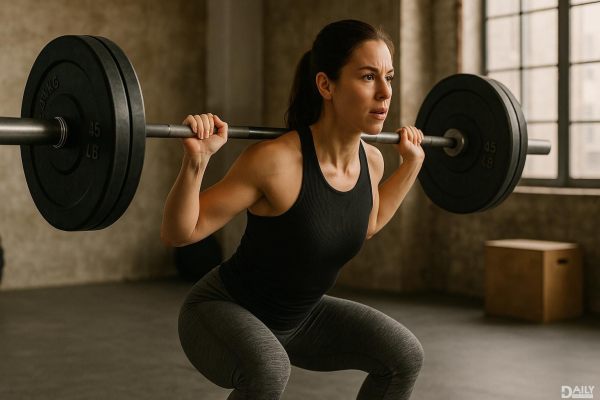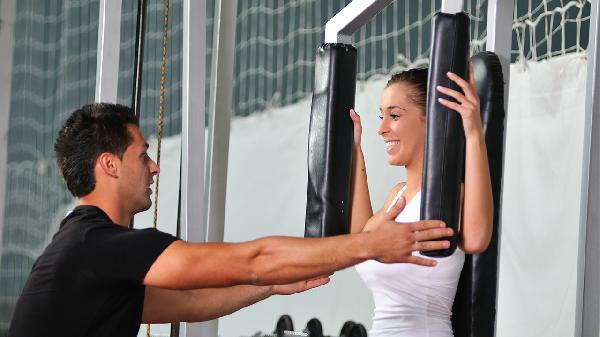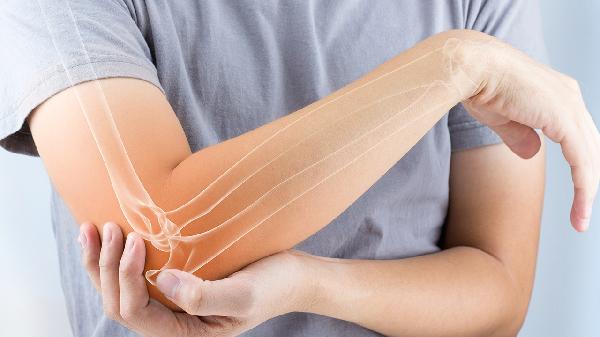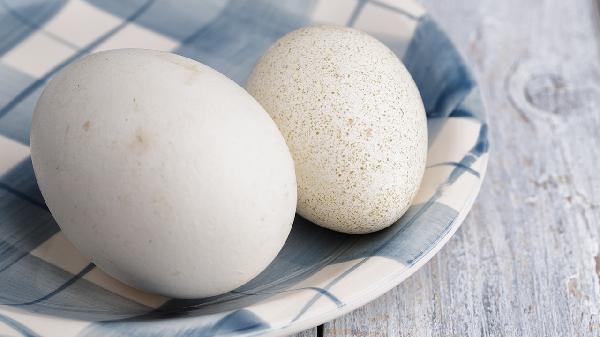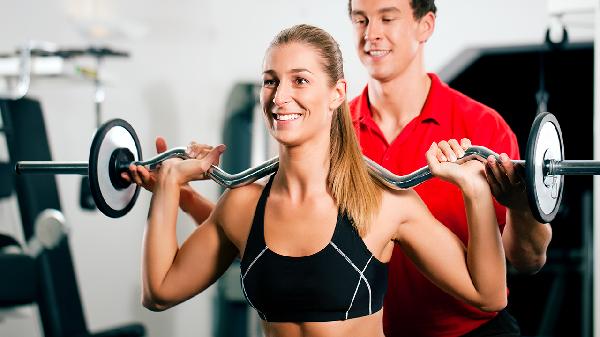Wrapping your hands isn't just for boxers—it's a game-changer for anyone hitting the gym hard. Whether you're lifting heavy, smashing a HIIT session, or going all-out on the heavy bag, those wraps are like armor for your wrists and knuckles. They stabilize your joints, absorb shock, and keep your hands from turning into a swollen mess after a brutal workout. Think of them as seatbelts for your fists—you wouldn't drive without one, so why train without wraps when the intensity ramps up?
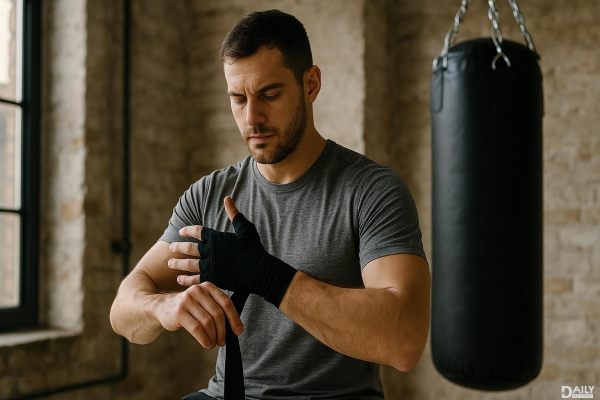
Your hands and wrists are a complex network of small bones, ligaments, and tendons—basically, a high-maintenance crew that demands respect. When you're throwing punches or gripping a barbell like your life depends on it, the force doesn't just vanish into thin air. It travels through your joints, and over time, that repetitive stress can lead to micro-tears, inflammation, or even long-term damage like arthritis. Hand wraps distribute that pressure evenly, reducing strain on any single joint. Plus, they prevent hyperextension (that nasty moment when your wrist bends farther than nature intended). Ever heard of "boxer's knuckle"? Yeah, let's avoid that.
Not all wraps are created equal. Traditional cotton wraps (the long, tape-like ones) offer the most customization—you can adjust tension around specific joints for a tailored fit. Mexican-style wraps have elastic woven in for extra bounce and flexibility, perfect for MMA or kickboxing where hand movement is key. Then there's the quick-wrap Velcro kind, which trades some support for convenience when you're in a hurry. Pro tip: If you're lifting heavy, go for the stiffest wrap you can tolerate. For combat sports, prioritize mobility with a hybrid material. And skip the "one-size-fits-all" drugstore versions—those are about as useful as a screen door on a submarine.
Ever seen a newbie at the gym with wraps dangling like spaghetti? Don't be that person. Start by securing the thumb loop, then weave the fabric diagonally across your palm to lock the wrist in place. Make three firm passes around the wrist (this is your anchor), then crisscross up through the knuckles. The key is consistent tension—not so tight you cut off circulation, but snug enough that you can't wiggle a finger between the layers. Leave the fingertips exposed to check for color changes (a sign you've gone full boa constrictor). And for the love of gains, don't wrap over your calluses—that's like putting a Band-Aid on a bullet wound. File those bad boys down first.
Wraps aren't a must for every workout. Save them for sessions where your hands take direct punishment: heavy deadlifts, Olympic lifts, bag work, or pull-ups with added weight. For lighter dumbbell work or cardio? Probably overkill. Overusing wraps can actually weaken your grip strength over time—your hands need some "bare-knuckle" training to build resilience. And if you're dealing with existing joint pain, wraps are a temporary fix, not a cure. Pair them with proper form, gradual load increases, and mobility work. Otherwise, you're just putting a fancy cast on bad movement patterns.
At the end of the day, hand wraps are like a good gym buddy—they've got your back when things get heavy, but they won't do the work for you. Master the wrap technique, match the style to your sport, and your joints will thank you when you're still lifting pain-free at 50. Now go forth and grip something terrifying—responsibly.
